Galileo Galilei was an Italian polymath. Galileo is a central figure in the transition from natural philosophy to modern science and in the transformation of the scientific Renaissance into a scientific revolution. Take a look below for 30 more interesting and fun facts about Galileo Galilei.
1. Galileo’s push of heliocentrism and Copernicanism was controversial during his lifetime, when most people accepted geocentrism or the Tychonic system.
2. He studied speed and velocity, gravity and free fall, the principle of relativity, inertia, projectile motion and also worked in applied science and technology, describing the properties of pendulums and hydrostatic balances.
3. Galilei invented the thermoscope and various military compasses, and used the telescope for scientific observations of celestial objects.
4. His contributions to observational astronomy include the telescopic confirmation of the phases of Venus, the discovery of the four largest satellites of Jupiter, the observation of Saturn‘s rings and the analysis of sunspots.
5. Known for his work as an astronomer, physicist, engineer, philosopher and mathematician, Galileo has been called the “father of observational astronomy,” the “father of modern physics,” the “father of the scientific method,” and even the “father of science.”
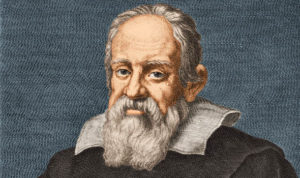
6. He was sent to a Jesuit monastery to study medicine. However, after four years, he announced that he’d found his calling, which was to be a monk. His father withdrew him, but not before Galileo joined the order, making him a defrocked priest for life.
7. A hundred years after he died, when his body was being moved for reburial, a fan snipped off the middle finger of his right hand as a memento. Galileo’s finger is now on display, erect, at the Museum of the History of Science in Florence.
8. Galileo remained a devout Catholic until his death, but he never married the mother of his three children.
9. In 1617, Galileo bought a villa west of Florence to be close to his daughters’ convent. Because his daughters’ illegitimacy would warrant a large dowry that he was unwilling to pay, the girls had no choice but to stay at the convent for the rest of their lives.
10. According to legend, Galileo began his study of the pendulum while watching a lamp swing back and forth in the cathedral of Pisa. Because Galileo conducted his experiments in the air, he believed that a pendulum’s period is constant.
11. Turned on by math and accepting a challenge to determine the dimensions of Dante’s Inferno, he deduced that Dante’s Lucifer was 2,000 arm lengths long.
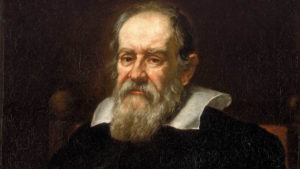
12. The University of Pisa hired Galileo as a professor of mathematics, but because he was difficult to work with and inappropriate with his students, the university chose not to renew his contract.
13. Although he formulated the laws of universal acceleration, there is no evidence he ever dropped balls off the Leaning Tower of Pisa to prove them.
14. When Galileo thought that he’d discovered multiple Saturns, he kept his finding hidden by encoding it in an anagram.
15. He sketched various inventions, including a candle and mirror combination to reflect light through a building, an automatic tomato picker, a pocket comb that doubled as an eating utensil and a ballpoint pen.
16. After his father died, and in fear of debtor’s prison, Galileo made a living designing a military compass to aim cannonballs. His earlier invention, the first thermometer to measure temperature variations, was a failure financially.
17. Galileo, buried between Michelangelo and Machiavelli, is said to have had his gravestone inscribed with the words, “But the Earth does move.”
18. For a brief period of time, Galileo worked as an art teacher in the Italian city of Florence.
19. In 1610, Galileo was the first astronomer to discover the four moons of Jupiter. These moons were named “Galilean Moons” after him. The four moons associated with Galilean Moons are Io, Europa, Ganymede and Callisto. The biggest of the Galilean Moons is Ganymede. Therefore, he discovered the first moons ever known to orbit a planet other than Earth.
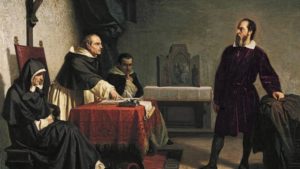
20. After 400 years, Galileo’s telescope still survives, and is available in the Istituto e Museo di Storia della Scienza in Italy. The museum has two telescopes and objective lenses, which were built by Galileo himself.
21. Galileo was kept under house arrest for eight years during the later portion of his life. His period of house arrest occurred between 1634 and 1642, during which time he wrote a book before becoming blind. The book contained the summary of his life’s work, science of motion and strength of materials. He named the book Two New Sciences.
22. He could’t publish his book during the time he was under house arrest. However, it was published in Holland in 1638.
23. It’s said that Galileo went blind because he used to observe the Sun for long stretches of time while he was looking at sun spots with his telescope.
24. Galileo conducted a 20 year old study on the science of motion and published a book called The Little Balance.
25. He established that in the absence of air resistance, gravity accelerates all objects equally, irrespective of their masses.
26. Galileo was the first person to reveal that the Milky Way galaxy was composed of stars.
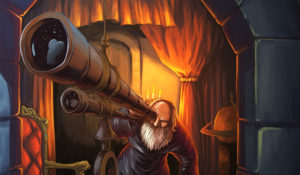
27. Isaac Newton‘s first law of motion was based on Galileo’s formulation of the concept of inertia. Galileo stated that an object in a state of motion possesses an “inertia” that causes it to remain in that state of motion unless an external force acts on it.
28. Galileo’s work, which was opposed by the church during his lifetime, was recognized by the church after his death. In the modern era, 20th century Popes Pius XII and John Paul II made official statements of regret for the church’s treatment of Galileo.
29. Galileo was against Kepler’s theory that the Moon caused tides on the Earth, and instead believed that they were due to the rotation of Earth. Surprisingly, Kepler supported Galileo for his work by publishing letters in his support at the time.
30. Galileo’s telescope was initially able to magnify only eight times. However, he soon refined it to provide twenty time magnifications.

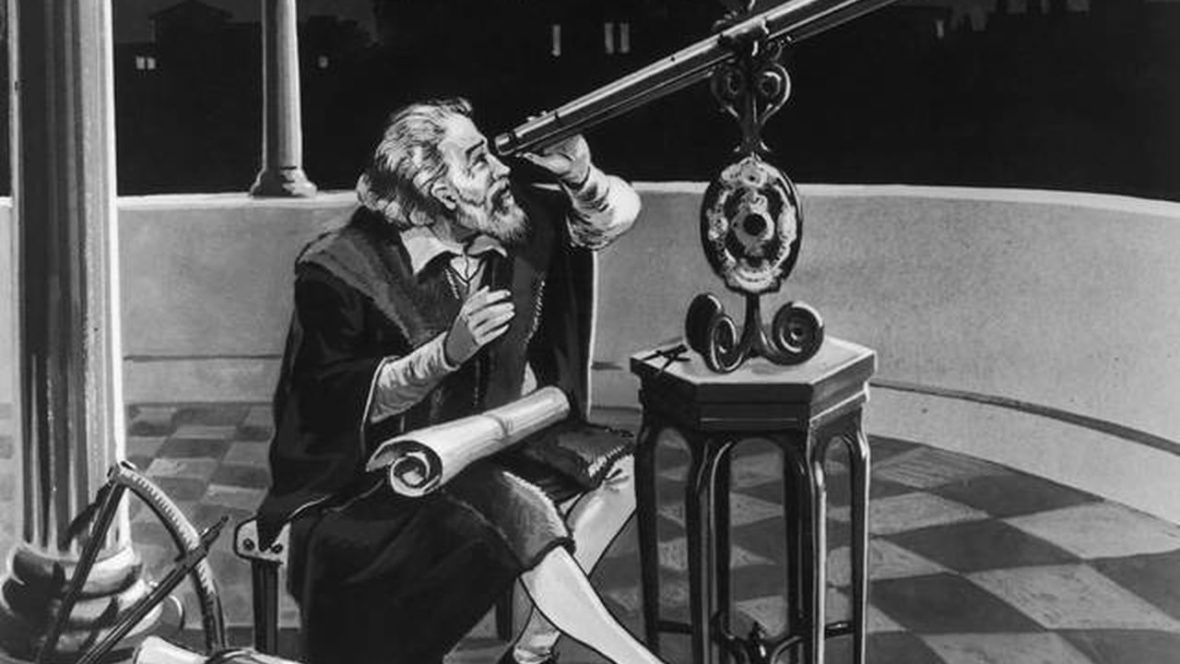



5 Comments
Pingback:
June 6, 2018 at 1:13 pmPingback:
June 7, 2018 at 12:41 pmPingback:
June 11, 2018 at 2:16 amPingback:
June 16, 2018 at 10:02 pmPingback:
June 22, 2018 at 10:49 am